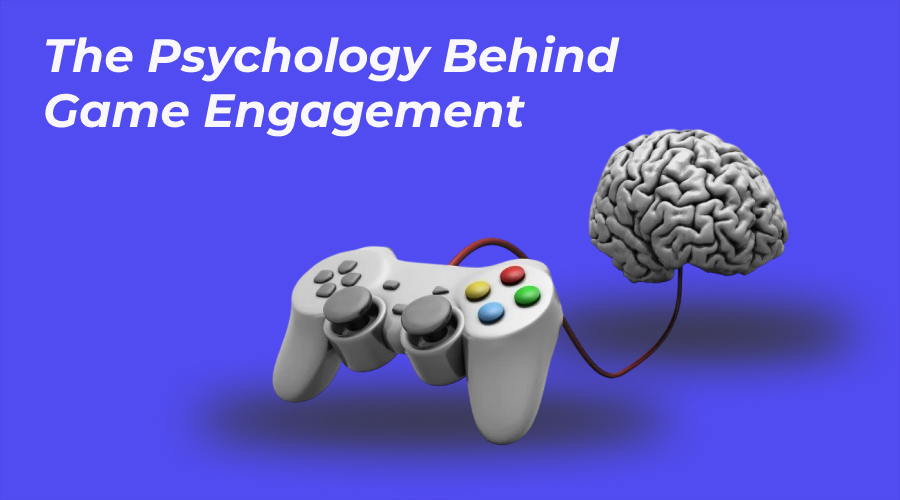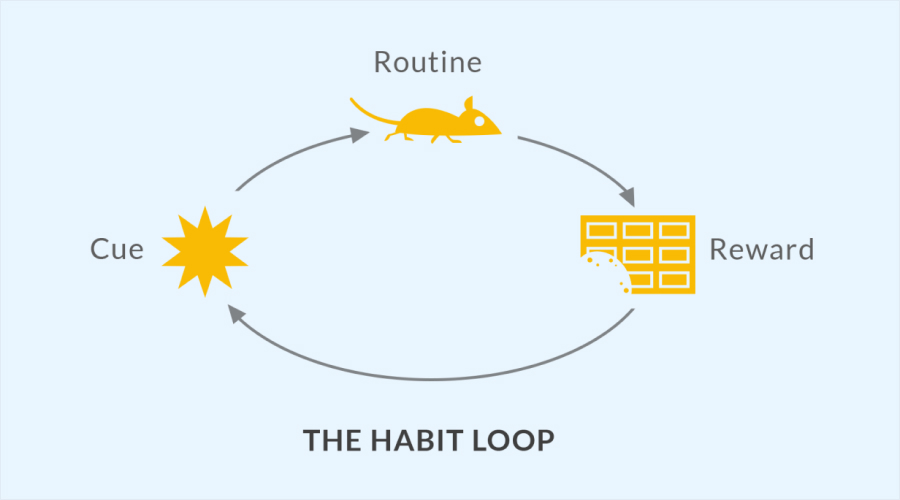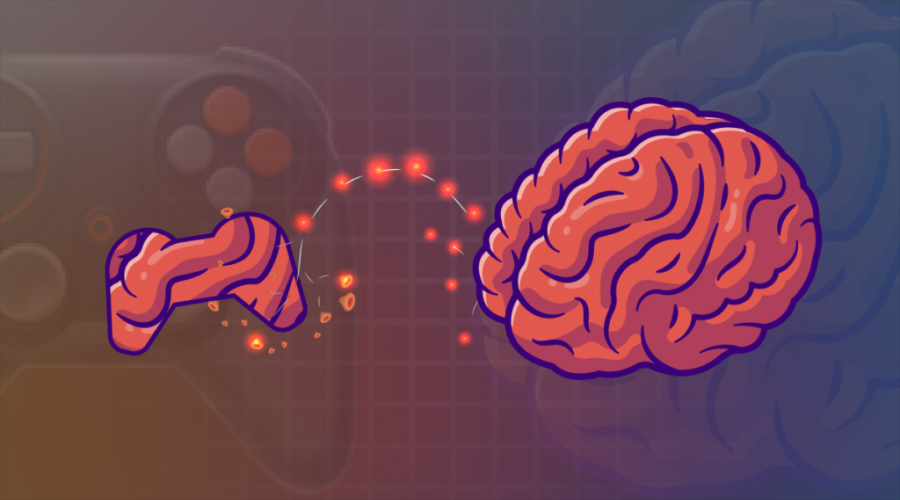
Games do more than entertain. They manipulate our psychological triggers, like achievement, FOMO, and completionism. From dopamine hits through loot boxes to social pressure on leaderboards, these mechanics are designed to keep us hooked. Decades of research into human motivation have transformed gaming into something far more addictive than simple play.
In this article, we’ll explore the fascinating link between neuroscience and game design tricks and reveal how developers hook players and sustain engagement.
The Psychology Behind Game Engagement

Game engagement is rooted in the manipulation of psychological principles like reward anticipation, pattern recognition, and instant gratification. Players receive dopamine boosts when they complete quests, earn rewards, or accomplish in-game goals.
Medical News Today reported that playing video games can strengthen brain regions involved in visuospatial skills, which help us process visual and spatial relationships. Evidence shows that regular gameplay increases the size and function of these brain regions. Long-term gamers and training participants even showed enlargement of the right hippocampus.
Variable reward systems, like loot boxes and surprise bonuses, create unpredictability similar to gambling, which keeps players eager for the next payoff. Features like progress bars and daily login bonuses reinforce commitment and routine. These elements tap into our desire for achievement and mastery.
Can constant dopamine stimulation from gaming affect attention span or mental health?
Frequent dopamine spikes from gaming can rewire the brain’s reward system, which reduces sensitivity to everyday pleasures and shortens attention spans. Overexposure may desensitize the brain’s reward system, which makes everyday tasks feel less engaging. It’s also linked to anxiety, irritability, and concentration issues, particularly in younger players.
Game Mechanics That Create Habit Loops

Daily login bonuses, time-limited events, and progress trackers serve as triggers that encourage regular play. Actions like finishing challenges lead to rewards such as experience points, virtual currency, or rare items. Gradually, these systems build habits and integrate the game into a player’s daily life.
SHRM reported that game researcher Richard Bartle developed a taxonomy categorizing players by motivation. His research shows that only about 10% of players are primarily driven by achievement, while nearly 80% are most engaged through social connection. This insight helps explain how games leverage social elements, such as multiplayer modes and leaderboards, to create habit loops that keep players returning.
The Power of Visual and Audio Stimuli

Vibrant colors, smooth animations, and striking visual effects signal progress or success to the player. Sound effects and music trigger emotional responses like excitement, tension, or calm. Together, these elements form a multisensory feedback loop that reinforces in-game behavior.
A study published by MDPI examined how detailed video game soundscapes affect the player experience. Game audio typically includes background music, ambient sounds, and character sounds. Background music, extensively studied due to film research, enhances immersion, emotion, and enjoyment while contributing significantly to the game’s atmosphere and flow experience.
A rewarding “ding” sound after completing an action enhances the sense of achievement. A glowing animation for a collected item adds impact that triggers pleasure responses in the brain.
When Popular Games Go Too Far

Many games aim to entertain. However, some cross ethical lines by applying psychological strategies with extreme precision. Major titles combine rewards, social pressure, and tailored incentives in ways that make disengagement challenging.
TruLaw notes that excessive gaming may lead to anxiety, depression, isolation, and low self-worth. Over time, emotional instability and obsessive thoughts deepen dependency and worsen overall well-being. Fortnite exemplifies how game design can push ethical limits. Its reliance on peer influence, monetized content, and constant reward systems has triggered real-life lawsuits due to growing addiction concerns.
In 2023, CBC reported that a Vancouver parent filed a lawsuit claiming Fortnite was intentionally designed to be highly addictive. The Fortnite addiction lawsuit cites reward-based mechanics and monetized customization. The court has not yet approved or proven the allegations.
How do game developers walk the line between engagement and exploitation?
Game developers balance engagement and exploitation by combining fun, challenge, and rewards without leaning on manipulation. Ethical design supports well-being through breaks, spending caps, and transparency. When profit trumps player health, design crosses into harmful territory marked by pressure and over-monetization.
Recognizing Manipulation in Game Design

Awareness of the psychological tactics in game design is crucial for mindful play. Recognizing manipulative features, like frequent notifications or unpredictable reward systems, empowers players to make conscious choices. Questioning the urgency of limited-time events or pressure to spend real money is important.
Analyzing how social features encourage constant comparison and fear of falling behind can expose underlying manipulative strategies.
Pew Research Center reported that 56% of teens who play video games say some of their games contain violence. Among them, 16% say violence is present in all or most of the games they play. This highlights the widespread exposure to violent content in teen gaming.
Encouraging Healthier Gaming Habits

Cultivating a balanced approach to gaming requires conscious effort and the establishment of healthy habits. Setting clear time limits for play sessions and adhering to them is crucial. Prioritizing real-world responsibilities, social interactions, and physical activity over virtual achievements helps maintain a healthy perspective.
Being mindful of in-game spending and questioning the motivations behind purchases can prevent financial strain. Engaging with games as a form of entertainment rather than an escape mechanism fosters a more positive relationship with the medium.
Talking openly with your friends and family about how much you’re gaming can offer helpful support and keep you accountable.
How can players self-regulate their gaming time without losing progress or rewards?
Players can manage gaming time by setting timers and designating play hours. Choosing games with pause/resume features and limiting notifications helps maintain progress without overplaying. Prioritizing quality sessions and daily reward caps promotes healthier gaming habits.
Balancing Engagement and Awareness for Healthy Gaming

Game design uses powerful techniques to make games immersive and rewarding, but it’s important to recognize when engagement turns into manipulation. By understanding these strategies, players can set boundaries while still enjoying games.
Awareness and self-regulation ensure a balanced, healthy relationship with gaming that helps maintain its fun and enjoyment.






